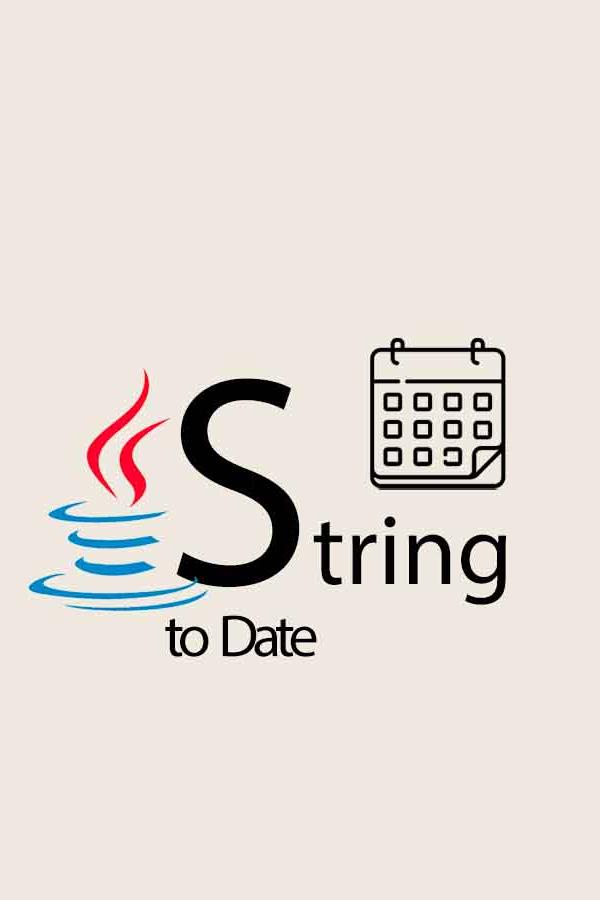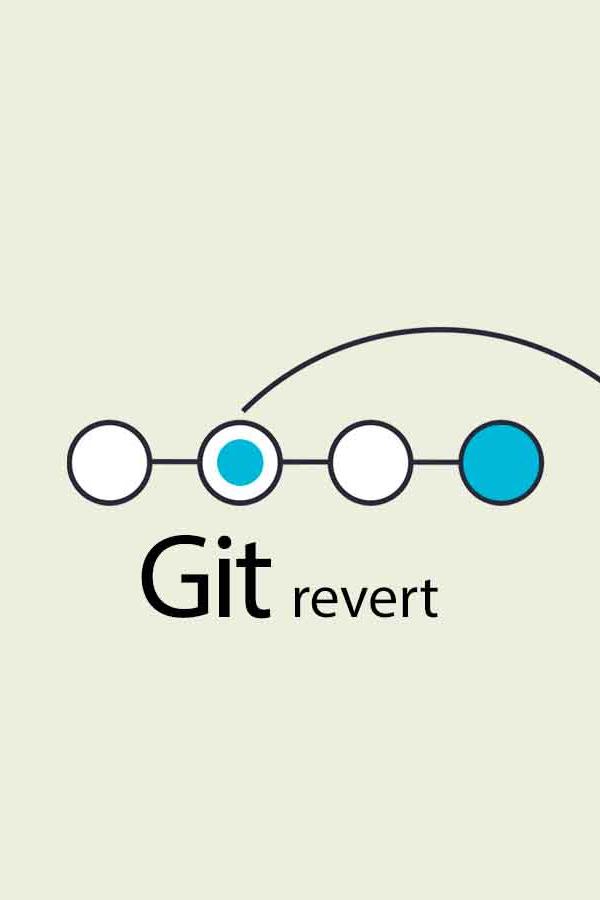How Senior Software Engineers Handle NullPointer Exceptions
3 min readIn software development, encountering a NullPointerException (NPE) is a common issue, often arising from attempting to use an object reference that hasn't been initialized. This scenario typically unfolds when an object is declared but not instantiated, or when an operation is performed on a null object.
As software engineers, we recognize that built-in solutions for handling NullPointerExceptions (NPEs), like detailed error messages, help but aren't enough. You may have seen this: Link to Helpful NullPointerException. But the built-in solutions tell us where the NPE occurred but don't prevent it from happening in the first place. Our goal is to find ways to handle potential nulls in a more controlled or graceful manner. This article shares some best practices to proactively avoid or manage NPEs more effectively.
Common tactics
Defensive Programming
Before using an object, check if it's null. This is a straightforward approach where you explicitly check for null values using if (object != null) before proceeding.
Annotations
Using annotations like @Nonnull and @Nullable can help in static analysis. These annotations make the intentions regarding nullability explicit, aiding in preventing NPEs.
Assert Statements
During development, assert statements can be used to check for null values. This helps in catching and fixing NPEs early in the development cycle.
Custom Exception Handling
Crafting custom exception handling strategies can provide more detailed error information. This approach allows developers to offer more context when an NPE occurs, making debugging easier.
Other techniques
Optional API
Java 8 introduced Optional as a way to handle nullable values. This API helps in reducing NPE risks by providing a clear method to deal with the absence of values.
Optional<String> email = getEmailFromPerson(“John Doe");
email.ifPresentOrElse(
// process logic when email was found
(value) -> log.info(“Email found: " + value),
// handle scenario when email was not found
() -> log.warn(“Email not found.")
);Third-Party Libraries
Libraries such as Apache Commons Lang and Guava offer utilities for null-safe handling and validation of objects. These tools can simplify null checks and reduce boilerplate code.
import org.apache.commons.lang3.ObjectUtils;
String safeString = ObjectUtils.defaultIfNull(possiblyNullString, "Default-String");import org.apache.commons.lang3.StringUtils;
if (StringUtils.isNotEmpty(someInputString)) {
// process the string
}
import com.google.common.base.Preconditions;
public void processMethod(String name, int age) {
Preconditions.checkNotNull(name, "Name cannot be null");
Preconditions.checkArgument(age >= 0, "Age cannot be negative");
// ... rest of logic
}When mitigating the risk of NullPointerExceptions, senior software engineers would employ a multifaceted strategy. This may include the integration of static code analysis tools, incorporating a robust design patterns, leveraging dependency injection frameworks, and of course much comprehensive testing. This video would show you what enterprise experts do to mitigate risks in the code.
Summary
In software development, handling NullPointerExceptions has been and still is a common challenge. There are many methods to prevent NPEs, highlighting the need for developers to carefully plan and think about their approach. Using these strategies effectively not only reduces the risk of NPEs but also leads to software that is more reliable, easier to maintain, and less prone to errors.
Happy coding!


